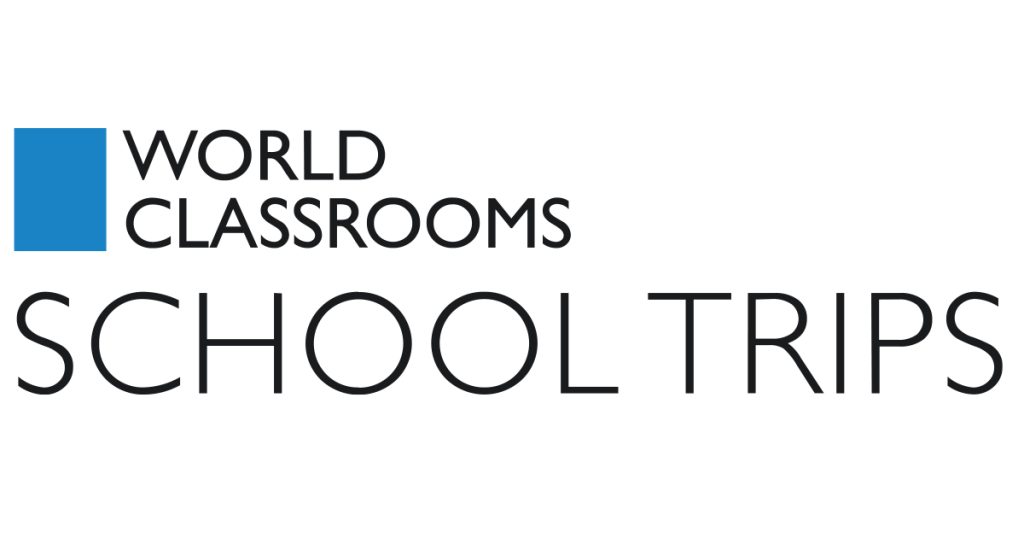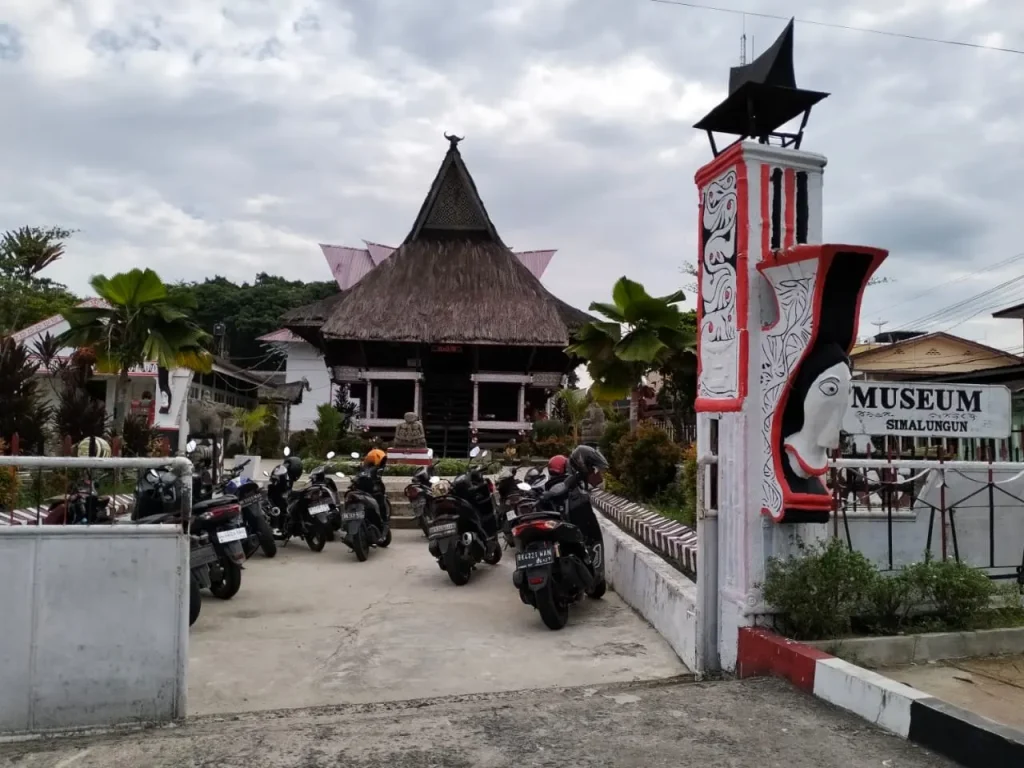Travel has long been recognized as a powerful educational tool, offering experiences that extend beyond traditional classroom walls. The concept of a “World Classroom” emphasizes the transformative potential of travel as a living learning environment. By immersing students in different cultures, histories, and landscapes, travel enriches their education and fosters a deeper understanding of the world. This guide explores how travel can be utilized as a dynamic learning environment and its benefits for students.
The Educational Benefits of Travel

1. Experiential Learning
Travel provides opportunities for experiential learning, where students can engage directly with their surroundings.
- Hands-On Experiences: Students can participate in local customs, traditions, and practices, allowing them to learn in context.
- Real-World Applications: Travel enables students to apply theoretical knowledge in real-world situations, enhancing their understanding of subjects like geography, history, and cultural studies.
2. Cultural Awareness and Sensitivity
Exposure to diverse cultures fosters cultural awareness and sensitivity among students.
- Understanding Diversity: Traveling to different regions helps students appreciate cultural differences and similarities, promoting tolerance and empathy.
- Global Citizenship: Students learn to view themselves as global citizens, understanding their responsibilities toward others and the planet.
3. Critical Thinking and Problem Solving
Travel challenges students to think critically and solve problems in unfamiliar environments.
- Adaptability: Navigating new places requires students to adapt to changing circumstances, enhancing their problem-solving skills.
- Decision-Making: Travel often involves making choices about logistics, interactions, and experiences, fostering independent thinking.
4. Enhanced Communication Skills
Travel provides opportunities for students to improve their communication skills in various contexts.
- Language Acquisition: Immersion in different linguistic environments encourages language learning and practice.
- Interpersonal Skills: Engaging with locals and fellow travelers helps students develop their interpersonal and cross-cultural communication skills.
Implementing the World Classroom Concept
1. Curriculum Integration
To maximize the educational benefits of travel, it is essential to integrate travel experiences into the curriculum.
- Thematic Trips: Organize trips that align with specific subjects or themes, such as history, science, or art, to provide context for learning.
- Project-Based Learning: Encourage students to undertake projects related to their travel experiences, such as research, presentations, or creative projects.
2. Collaborative Learning Environments
Fostering collaborative learning environments enhances the travel experience for students.
- Group Activities: Encourage teamwork through group activities, discussions, and reflections during travel, promoting collaboration and shared learning.
- Peer Learning: Facilitate opportunities for students to learn from each other by sharing insights and experiences throughout the journey.
3. Pre- and Post-Travel Preparation
Preparation before and reflection after travel are crucial for maximizing learning outcomes.
- Pre-Travel Research: Encourage students to research their destination before traveling, focusing on its culture, history, and current events.
- Post-Travel Reflection: Facilitate discussions and reflections after the trip to help students process their experiences and connect them to their academic learning.
4. Leveraging Technology
Technology can enhance the travel learning experience by facilitating connections and documentation.
- Virtual Tours: Use virtual reality and online resources to explore destinations before and after travel, providing additional context and understanding.
- Digital Storytelling: Encourage students to document their travels through blogs, videos, or social media, fostering creativity and reflection.
Challenges of Travel as a Learning Environment
1. Accessibility and Equity
Ensuring equitable access to travel experiences is a significant challenge.
- Financial Barriers: Travel can be costly, limiting opportunities for some students. Schools and organizations should seek funding and sponsorships to support travel initiatives.
- Physical Accessibility: Consideration must be given to students with disabilities to ensure that travel experiences are inclusive and accessible.
2. Safety and Logistics
Traveling presents safety and logistical challenges that must be addressed.
- Health and Safety: Schools must prioritize student safety by conducting thorough risk assessments and providing appropriate support during travel.
- Organizational Challenges: Planning and coordinating inca travel logistics can be complex, requiring careful organization and communication.
Conclusion
The concept of a “World Classroom” highlights the immense educational potential of travel as a living learning environment. By embracing travel as an integral part of education, students can engage in experiential learning, develop cultural awareness, enhance critical thinking skills, and improve communication abilities. While challenges such as accessibility and safety must be addressed, the benefits of travel in fostering a deeper understanding of the world are profound. As educators and institutions continue to explore innovative ways to incorporate travel into learning, the possibilities for enriching student experiences are limitless. Embracing the World Classroom approach can transform education, empowering students to become informed, empathetic, and engaged global citizens.



